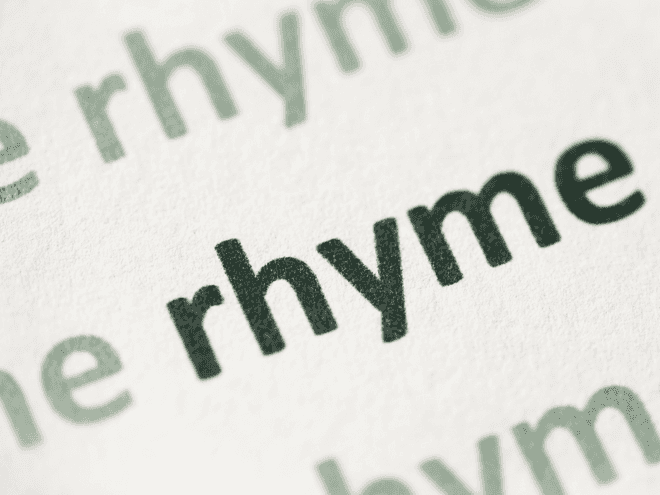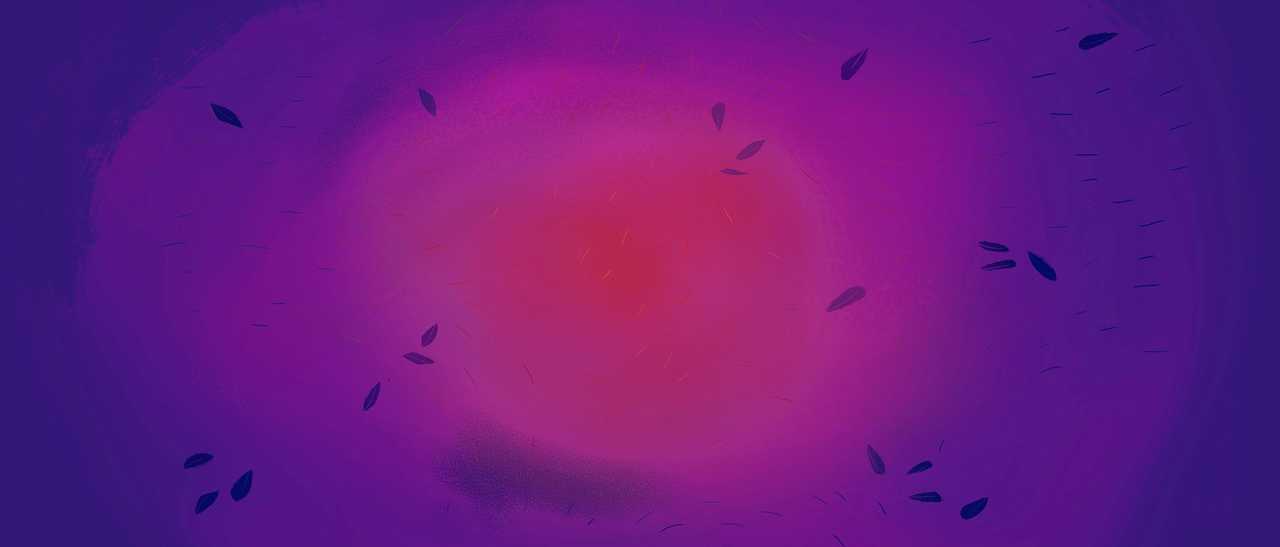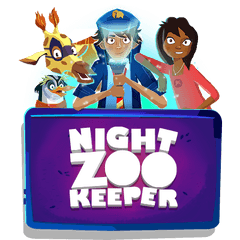Rhyme Scheme
Learn about rhyme schemes

Home > Resources & Worksheets > Poetry > Limericks
As your child begins to experiment with poetry, they’ll naturally start to explore different rhyme schemes. A rhyme scheme helps bring an entire poem to life, making them feel more rhythmical and magical!
This guide includes free expert advice, tips, and free resources about rhyme that your child can use when writing their own poems.
What is a rhyme scheme?
A rhyme scheme (also known as a rhyme pattern) involves using rhyming words at the end of lines to follow a pattern of ending sounds throughout the poem.
Rhyming words are words that sound alike at the end, like dog and hog, or love and dove.
Why are rhyme schemes important?
Rhyme schemes are one of the most popular poetry features!
Here’s a list of reasons why this technique is so important:
- They help bring poetry to life
- They can be used in songwriting
- They make a poem more memorable
- They help the poet convey meaning through rhymes
- They can show different emotions and perspectives
- They can help the reader identify the type of poem they’re reading
Rhyme Scheme Examples
Before we dive into different rhyme schemes, we should define the term “stanza”. A stanza is a group of lines within a verse of a poem. It can be a two-line stanza (couplet), a three-line stanza(triplet), a four-line stanza (quatrain), or a ten-line stanza - there’s no limit!
It’s also important to note that, in rhyme scheme names, we use letters to denote the words at the end of a line rhyming.
ABAB Rhyme Scheme
The ABAB rhyme scheme is a common rhyme scheme that demonstrates alternate rhymes. This means that the first line rhymes with the third line, while the second line rhymes with the fourth line.
Here’s an example:
I like to run. (A)
My friends like to play. (B)
The beach is very fun. (A)
I hope you have a great day! (B)
AABB Rhyme Scheme
In this case, the first line rhymes with the second line, while the third line rhymes with the fourth line.
Here is an example of an AABB rhyme pattern:
My family loves our cat. (A)
She loves to wear her hat. (A)
Sometimes she gets stuck in trees. (B)
And she’s so afraid of bees! (B)
ABAB Rhyme Scheme
In this pattern of rhymes, only the second line and fourth line rhyme within the stanza.
Here’s an example of an ABCB rhyme pattern:
My best friend’s name is Jack. (A)
He really likes to go in his pool. (B)
His favorite food is pizza. (C)
I think he’s really cool. (B)
Free Verse
A free verse is exactly what its name implies - there is no specific rhyme scheme, number of lines, or stanzas!
This can be a great type of poem to introduce your child to this writing style, as they don’t have to focus on a particular rhyme pattern, or try to come up with the perfect rhyme.
Other Rhyme Schemes
Here’s a list of other common rhyme schemes your child may come across:
ABBA
This rhyme pattern has one internal rhyme, which means that the second and third lines rhyme. The first line rhymes with the last line.
AA BB CC
This rhyme scheme is also known as rhyming couplets, or coupled rhymes. It means that the first line rhymes with the second line, the third line rhymes with the fourth line, and so on.
AABBA
This is the rhyme scheme of a limerick! The end rhyme matches the first two lines of a poem, while the third line rhymes with the fourth line.
AABBA
This is known as a monorhyme, which means that the end of each line has the same sound.
AAAA
This is a more complex type of rhyme pattern that consists of three stanzas with the rhyme scheme ABABBCBC, followed by its envoi/envoy, a four-line stanza with the rhyme scheme BCBC. Ballades are often used in songwriting!
Terza Rima
This interesting rhyme scheme consists of three-line stanzas, where the second line of each stanza determines the rhyme of the next stanza, creating a chain rhyme (ABA BCB CDC)!
Activity & Resource
Now that your child knows everything about rhyme schemes, they can practice using this fantastically fun resource!

How Night Zookeeper can help

Night Zookeeper makes reading & writing fantastically fun for children aged six to twelve by turning learning into a game!
Our award-winning reading & writing program teaches children everything they need to know about all styles of writing, including poetry, story writing, reporting, and much more. We use a gamified approach to keep children engaged, focused, and entertained as they learn.
Sign up today to get a 7-day FREE trial!
More Resources
- Arostic Poems
- Rhyming Patterns
- Potery (Overview)
Related Articles


Make Reading & Writing Fantastically Fun!
- Award-winning reading & writing program for kids
- Improves spelling, grammar, punctuation & vocabulary
- Over 1,000 different learning games and activities



